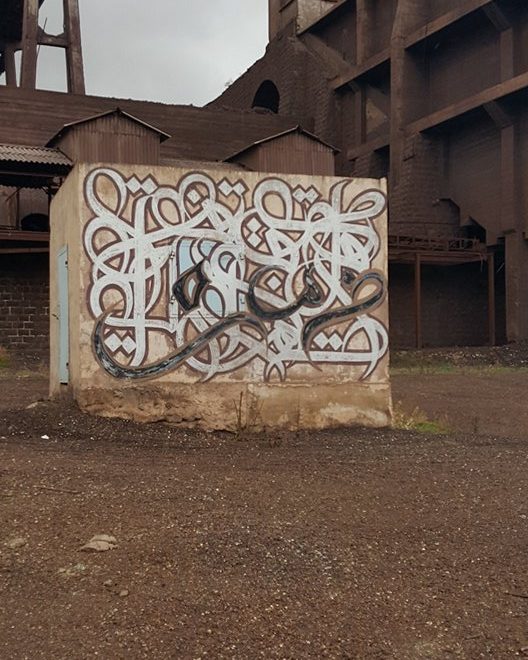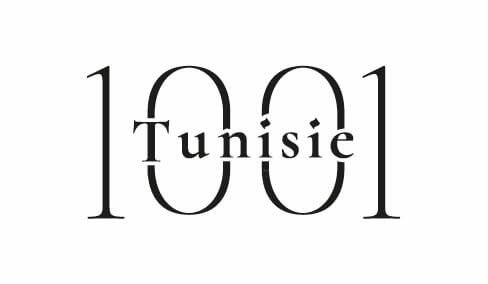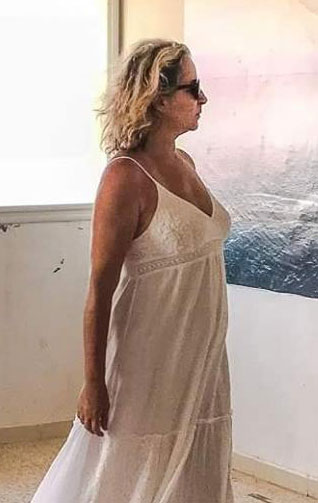
Jerissa is a city located in the Kef governorate in northwestern Tunisia. It is in this region that takes us “Alf thniya w thniya”, the capsule of 1001Tunisie sponsored by La Badira( https://www.facebook.com/labadira/) and its Spa by Clarins.
This thirteenth episode of the show that spends every week on the radio Express Fm is dedicated to Jerissa. A city known for these mines and its colonial architectural heritage (houses with red tiles, landscaped gardens, petanque playground …) and has been prosperous for a long time.
Except that today, the region is injured. Many of these people (10 thousand) are forced to relocate to look for a job elsewhere. In fact, the mines, which previously employed more than 3,000 workers, have become incapable of securing more than 167 jobs.

Faced with such a situation, the inhabitants of the city of Jerissa, the civil society, the executives of the city, the governorate of Kef and the direction of the mines did not remain hands crossed.
Ecological and mining tourism programs are being set up to revive the region. The goal is to convert the natural and industrial heritage of the region into a tourist activity.

But how is it really going?
The goal of the program is for visitors to live, in a matter of hours, the lives of the mining industry, accompanied by hikers and mine workers. Thanks to the welcome of the inhabitants of the region, the great expertise of the organizers and the rich program, the immersion will be most unusual.
The arrival of visitors will bring life to the region. It will create wealth and re-develop the entire region.
Moreover, this idea inspired a GIE of the region, which recently launched a mobile application, called “Etik Kef Travel”. Through their application, they already offer thematic tourism programs throughout the region.

Monji Chikhaoui is the CEO of Jebel Jerissa and leader of the project. He explains that the Jerissa Mine, more than 100 years old, specializes in the extraction of two types of iron. Noting that the resources of the mine are increasingly limited, he says “This observation led us to think of a new project, related to cultural and environmental tourism, whose mission is to highlight the traditions and the heritage of this region “. For him, it is a “museum in the open air”, now inserted in a regional setting that is none other than the tourist circuit of the city of Kef.
Although the project was launched confidentially and amateurish, a nice little museum of the mine was created in the site in the old Sainte-Barbe Catholic Church.

Visit this beautiful village in this period, and enjoy its beautiful snowy landscape and the rich program set up (homestay meals, hiking, caving …), is just a must.
Do not hesitate to go there for a walk, to attend the different stages of restoration of the city and to show your support for the project.
To listen to the podcast:
Zeyneb Dridi


 َAbonnez-vous
َAbonnez-vous

